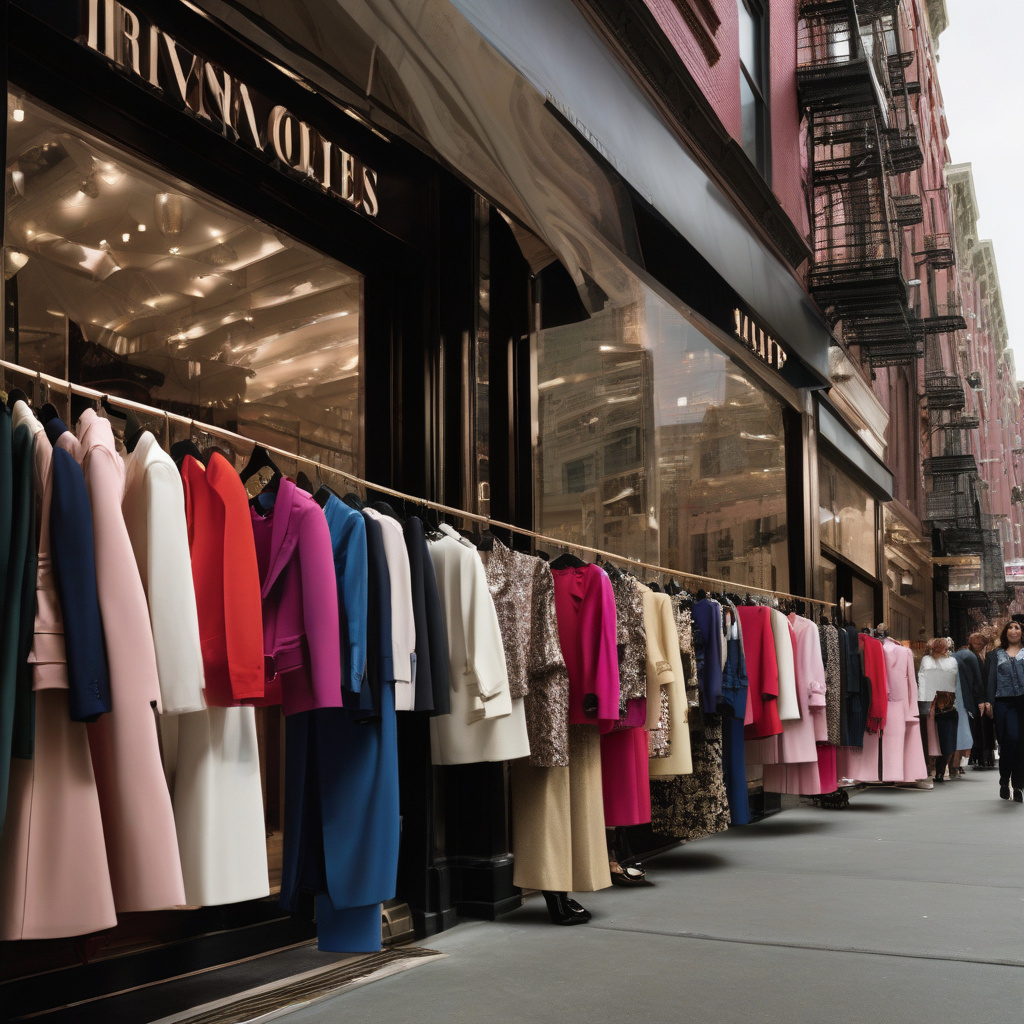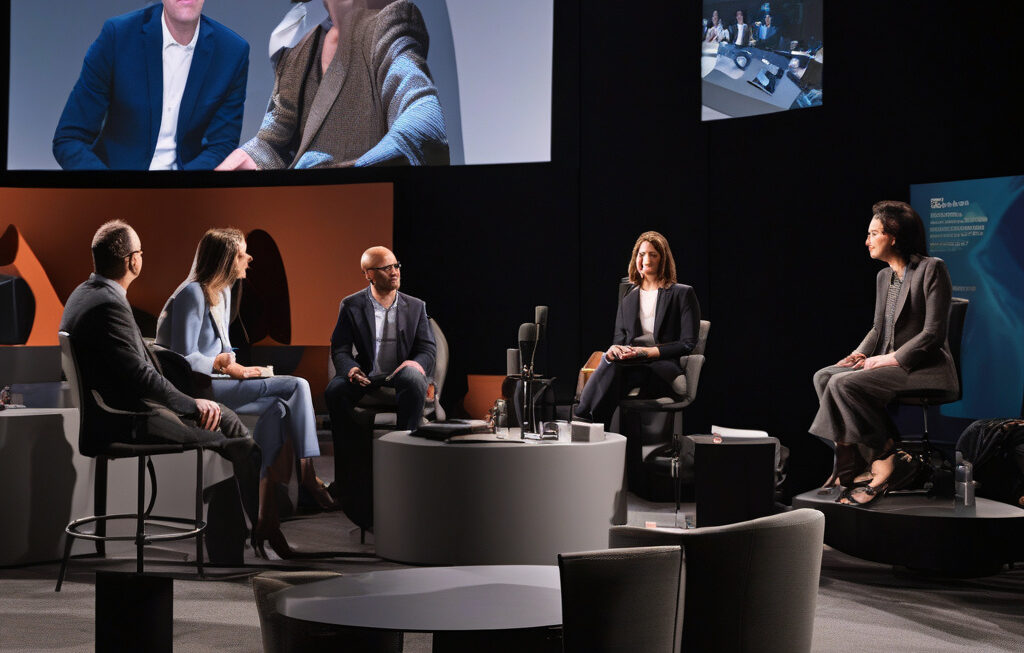It Could Set the Industry Back 50 Years: Fashion Braces for Impact of Trump Tariffs
The fashion industry is facing a looming threat that could potentially set it back by half a century. With the implementation of Trump tariffs, everyone involved in the supply chain, from farmers to designers, is bracing themselves for the impact. However, what remains unclear is how these tariffs will specifically affect finished products within the industry.
The imposition of tariffs on imported goods has been a contentious issue, sparking debates and concerns across various sectors. In the realm of fashion, where materials, labor, and production often cross international borders, the implications of such tariffs are significant. The uncertainty surrounding which products will be targeted and the extent of the duties has created a sense of unease within the industry.
One of the primary concerns is the increased cost of production that these tariffs could bring about. Designers who rely on imported fabrics and materials may find themselves grappling with higher expenses, ultimately leading to a rise in the retail prices of clothing and accessories. This, in turn, could have a direct impact on consumer behavior, with individuals potentially scaling back on their fashion purchases due to inflated costs.
Furthermore, the fashion industry thrives on innovation and creativity, with designers constantly pushing boundaries and experimenting with new concepts. The imposition of tariffs could stifle this creativity by limiting access to certain materials and resources, making it challenging for designers to bring their visions to life. This could result in a homogenization of styles and a regression in terms of sartorial progress.
The effects of these tariffs are not limited to designers alone but extend throughout the entire supply chain. Farmers who produce raw materials such as cotton or wool could face reduced demand if manufacturers opt for alternative, locally sourced materials to avoid tariffs. This, in turn, could impact the livelihoods of these farmers and disrupt the delicate balance of the global supply chain.
Moreover, the uncertainty surrounding the classification of finished products under the tariffs adds another layer of complexity to the situation. Designers and manufacturers are left in the dark about how their goods will be taxed, making it challenging to plan ahead and make informed decisions. This lack of clarity creates a sense of instability within the industry, with businesses unsure of how to navigate these uncharted waters.
In order to mitigate the potential impact of these tariffs, the fashion industry must come together to advocate for clear guidelines and exemptions. Collaborative efforts between designers, manufacturers, and policymakers are essential to ensure that the industry can continue to thrive in the face of these challenges. By voicing their concerns and presenting a united front, stakeholders can work towards finding solutions that protect the interests of all involved.
As the fashion industry braces itself for the impact of Trump tariffs, the road ahead remains uncertain. However, by staying informed, fostering collaboration, and advocating for their needs, industry players can navigate these turbulent times and emerge stronger on the other side.
fashion, industry, Trump tariffs, supply chain, designers












